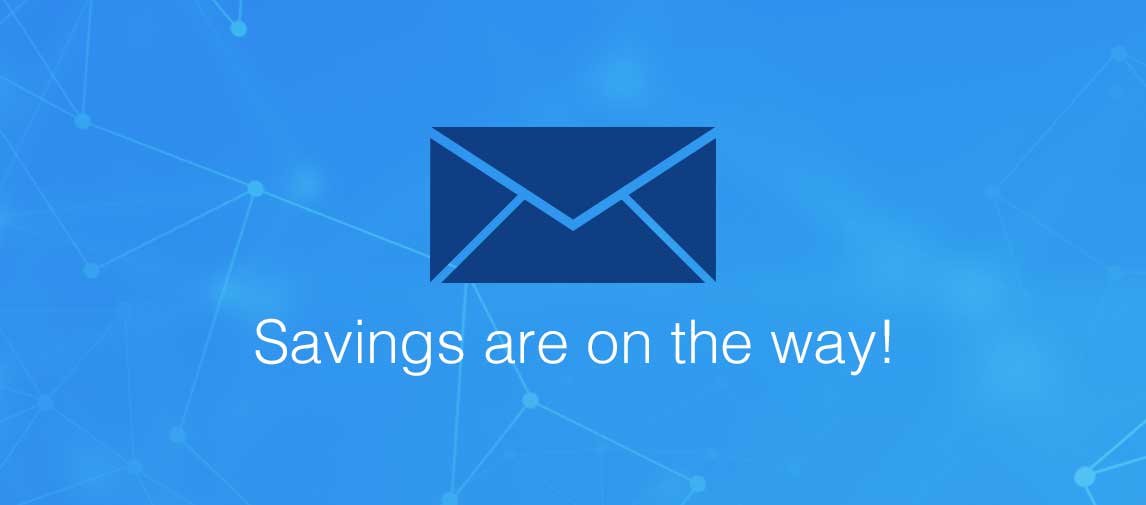title
Please take a moment to fill out this form. We will get back to you as soon as possible.
All fields marked with an asterisk (*) are mandatory.
IBM CICS Training Courses
Learn how to provide online transaction management and connectivity for IBM mainframe applications running on z/OS and z/VSE with our IBM authorized CICS training courses.

Course List
-
CICS Transaction Processing
RC-RC01CICS10010
Develop COBOL programs to run under CICS. Manage and monitor CICS transactions. Tune CICS systems for performance.
- Duration: 5 Days
- Delivery Format: Classroom, Virtual
-
We're sorry there are no current courses meeting your filters, but please contact a training advisor who can suggest alternatives aligned with your goals and interests.
Get Personalized Training Solutions
Need a personalized solution for your Training? Contact us, and our training advisors will guide you.
Need Help? We're Here!
Have questions about courses, instruction, materials covered, or finding the right fit? We're here to help!
Need more Information?
Speak with our training specialists to continue your learning journey.
Talk to our team






